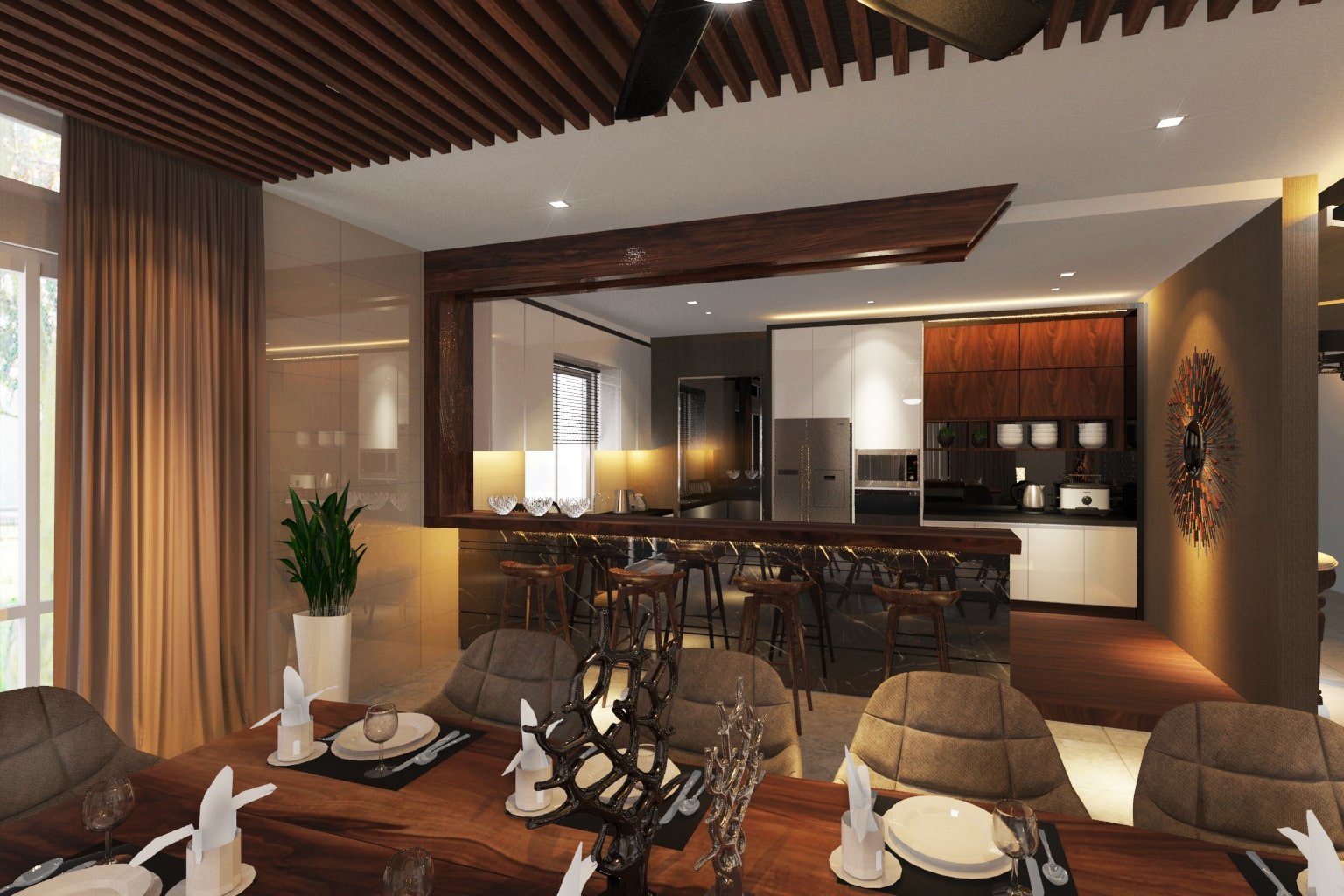When you think of Southeast Asia, you probably picture a steady 30°C temperature, high humidity, soft breezes during the dry season, and monsoons during the wet season, right?
In this unique climate, architecture and interior design change and adapt so that people can live comfortably.
Malaysia’s hot and rainy climate drives interior design to maximise natural ventilation, minimise heat gain. Also, to provide shelter from heavy rains.
In a place with heavy monsoons and scorching heat, making sure people live comfortably all year is important.
Malaysian interior design takes into account traditional traditions, protecting the environment, and making things work well.
This article will look at the most important parts of this holistic method. We will discuss how it can be used to create homes that are both comfortable and relevant to the culture.
Understanding Malaysia’s Climate
1. Natural Ventilation
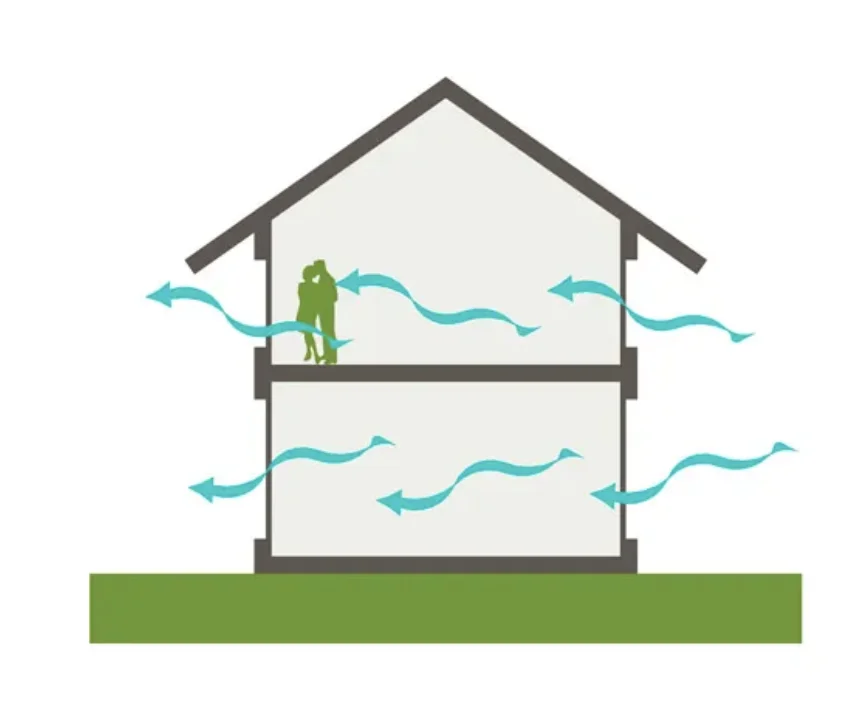
The tropical climate in Malaysia requires that natural air circulation plays an important part in homes.
The vast number of windows, doors, and openings serves a practical purpose, not merely for visual appeal.
Strategically placing these elements allows the flow of cool breezes through the house, achieving cross-ventilation.
Moreover, natural airflow reduces humidity and provides a refreshing indoor environment.
2. Shading and Sun Control

Minimising direct sunlight exposure is a must during the hot season. Malaysian homes often use overhangs, awnings, and pergolas to provide shade.
These features not only protect against the sun but also enhance the character of the house’s exterior. They keep indoor areas cooler and create inviting outdoor spaces.
Effective sun control measures contribute to energy efficiency. These strategies reduce the reliance on air conditioning, ultimately leading to lower energy bills and a reduced carbon footprint by reducing the amount of heat that enters a home.
3. Thermal Insulation
To keep the temperature inside at a comfortable level all year, you need good thermal protection.
Professional interior designers often choose insulation materials and methods carefully to keep heat out in the hot season and keep the heat in during the monsoons.
Making sure the inside stays cosy uses little energy and cuts down on how much air conditioning is needed.
4. Sustainable Landscaping
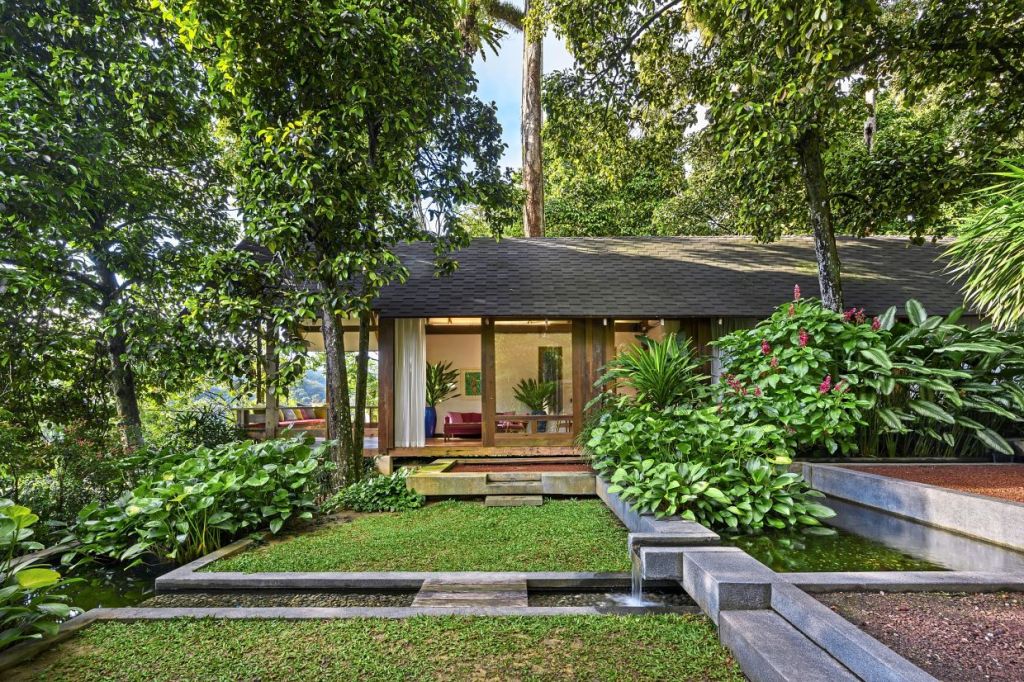
Comfort is significantly contributed to by the lush greenery and landscaping in and around Malaysian homes.
Plants make the area cooler, clean the air, and create a calm atmosphere. They not only look nice, but they also help cool the air and improve air quality.
Interior Design Hacks for Malaysian Lifestyle
When you sit with your design professional (architect, building/project designer, etc.), here are some fundamental principles you should consider when designing a house in the tropics.
1. Open Floor Plans
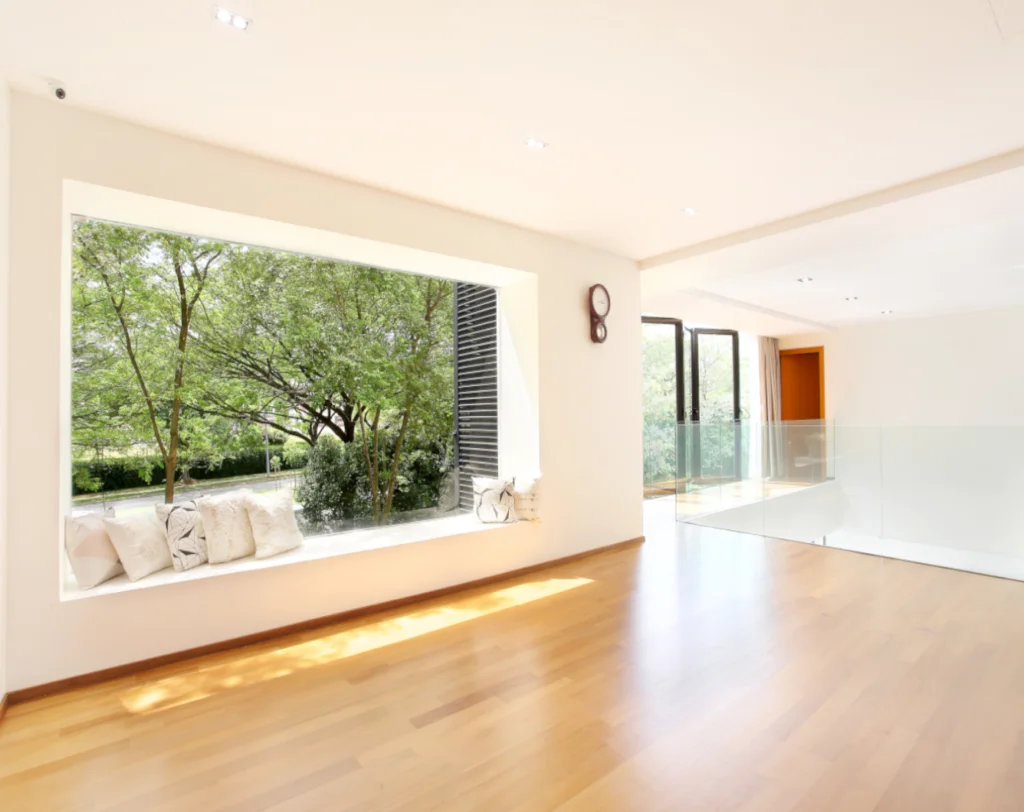
Malaysian homes favour open floor plans as they promote better air circulation.
Air can flow freely through the spaces in this layout, reducing the need for mechanical cooling.
Besides that, natural light penetrates deeper into the living space due to the absence of walls.
Not only does this reduce the need for artificial lighting during the day, but it also creates a brighter, more inviting ambiance.
Thus, open designs enhance comfort and flexibility by creating a sense of spaciousness.
2. Natural Materials
Malaysian interior design prevalently uses natural materials such as wood and stone.
These materials enhance visual appeal and provide thermal comfort. Wood creates a warm and inviting atmosphere, while stone controls temperature and humidity.
3. Flexible Spaces
Malaysian homes highly value adaptable and multifunctional spaces. For example, designers create rooms that serve various purposes, such as a living room that transforms into a guest bedroom.
This is to maximise space utilisation and cater to the changing needs of residents.
4. Indoor-Outdoor Integration
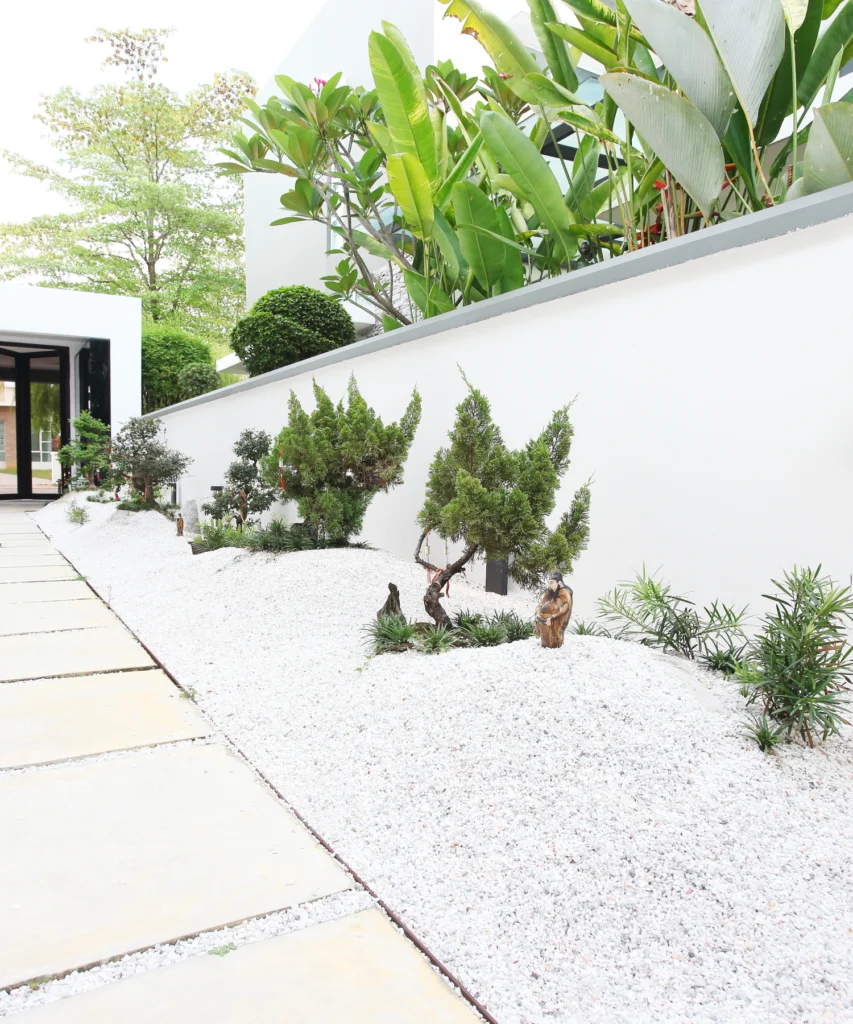
Smooth transitions between indoor and outdoor spaces are often featured in Malaysian homes.
Notably, residents can enjoy the pleasant climate and green surroundings with foldable doors and outdoor dining areas, creating a sense of continuity with nature.
5. Harmony with Nature
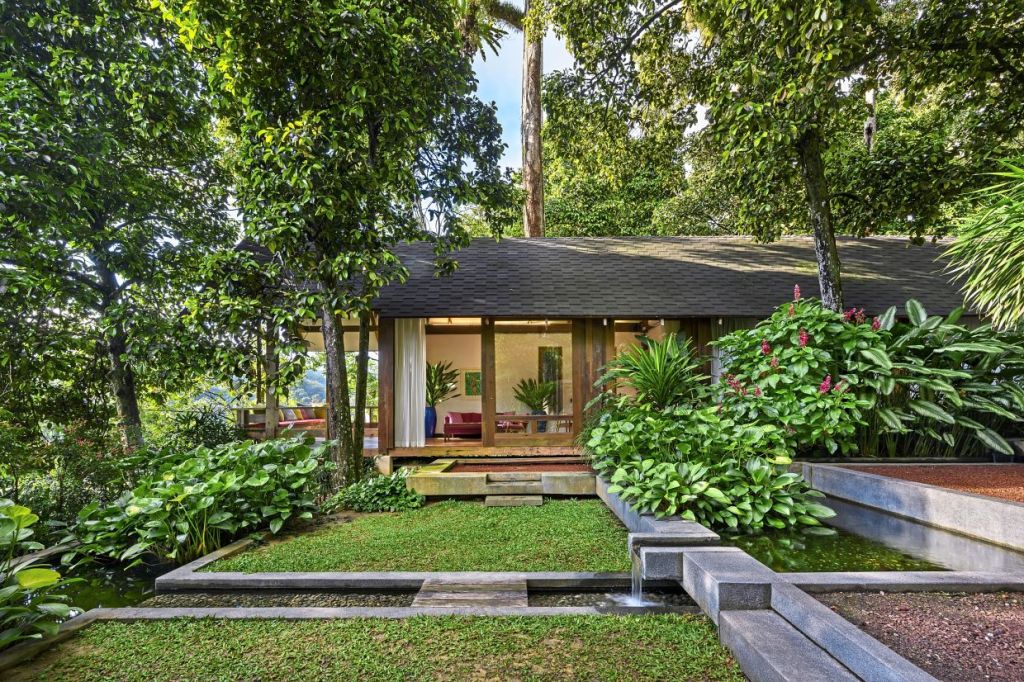
Malaysian interior design also emphasises harmony with the natural environment.
Hence, designers commonly integrate large windows that frame picturesque views, balcony gardens, and water features to connect occupants with nature and create a sense of peace.
For instance, they often incorporate zen-inspired elements, such as minimalistic design, neutral colours, and the use of natural light, to create a calming and serene atmosphere.
6. Light Colours for the Interiors
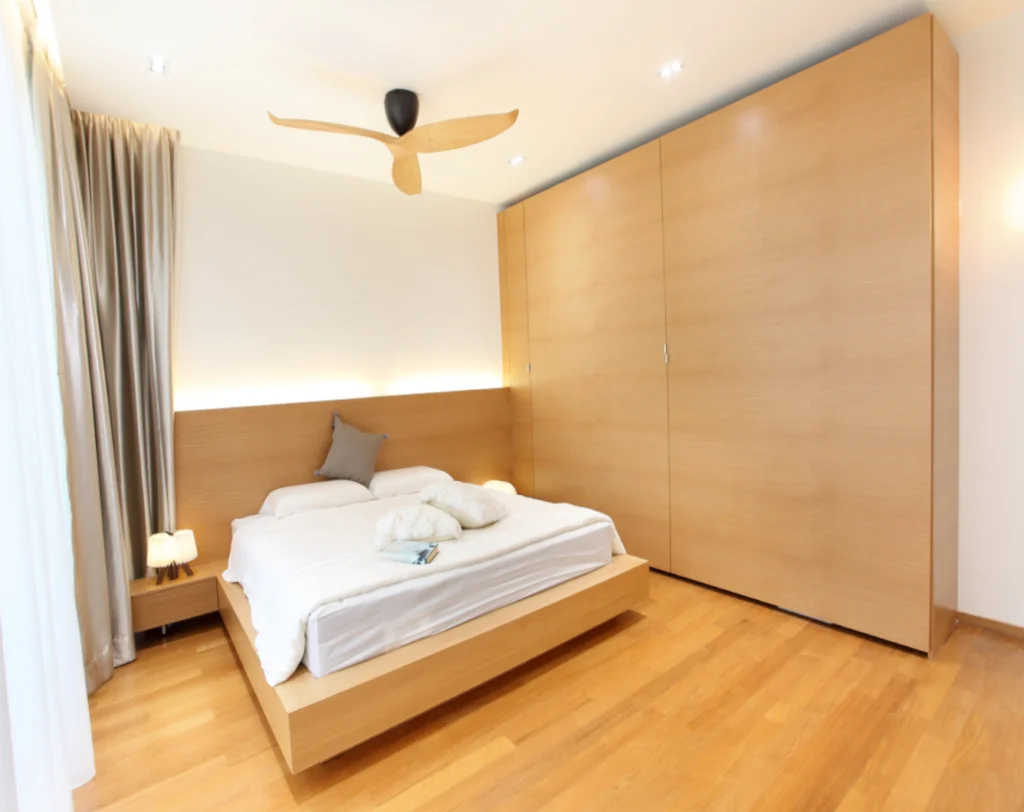
In tropical climates, light colours, such as pale shades of white, beige, light grey, soft pastels, and cool tones like light blues and greens, actively contribute to creating comfortable and visually appealing interiors.
They can affect the perception of temperature, control heat gain, and enhance the overall ambiance of a space. Here’s how light colors are used effectively:
Reflecting Heat and Sunlight
Light-colored surfaces reflect more solar radiation due to their higher albedo. When sunlight enters a room, light-colored walls, ceilings, and furniture reflect a lot of it back out.
By reflecting heat and sunlight, light colors help maintain a cooler indoor temperature.
This reduces the need for artificial cooling systems, such as air conditioning, and enhances overall comfort.
Homes with darker colors may absorb more heat, leading to warmer and less comfortable indoor environments
Visual Cooling Effect for Hot Weather
Light colors create a psychological sense of coolness and airiness. Even though the room has the same temperature as a darker-colored room, individuals often perceive a light-colored room as cooler.
The occupants benefit from this visual cooling effect, which enhances their overall comfort and well-being.
In tropical interiors where indoor-outdoor living is emphasised, it also makes a space feel more open and spacious.
The Art of Crafting Malaysian Comfort
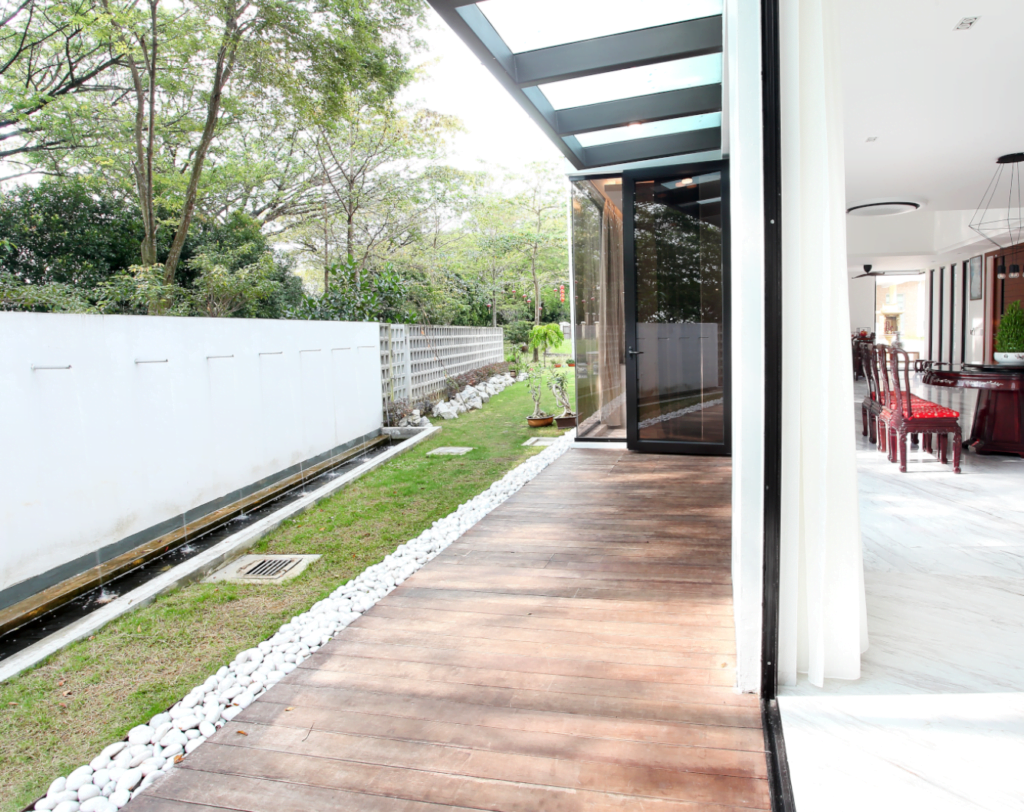
In Malaysia, interior designers blend cultural traditions, environmental sustainability, and practicality to create homes that are not only comfortable but also deeply rooted in the local context.
The importance of natural ventilation, shading, thermal insulation, sustainable landscaping, open floor plans, natural materials, flexible spaces, and indoor-outdoor integration cannot be overstated.
By embracing this holistic approach, we can create homes that both function and are culturally relevant, truly enriching the lives of those who call them home.
If you’re looking to apply natural sustainability designs for your home in Malaysia, click here to get a consultation with our professionals


